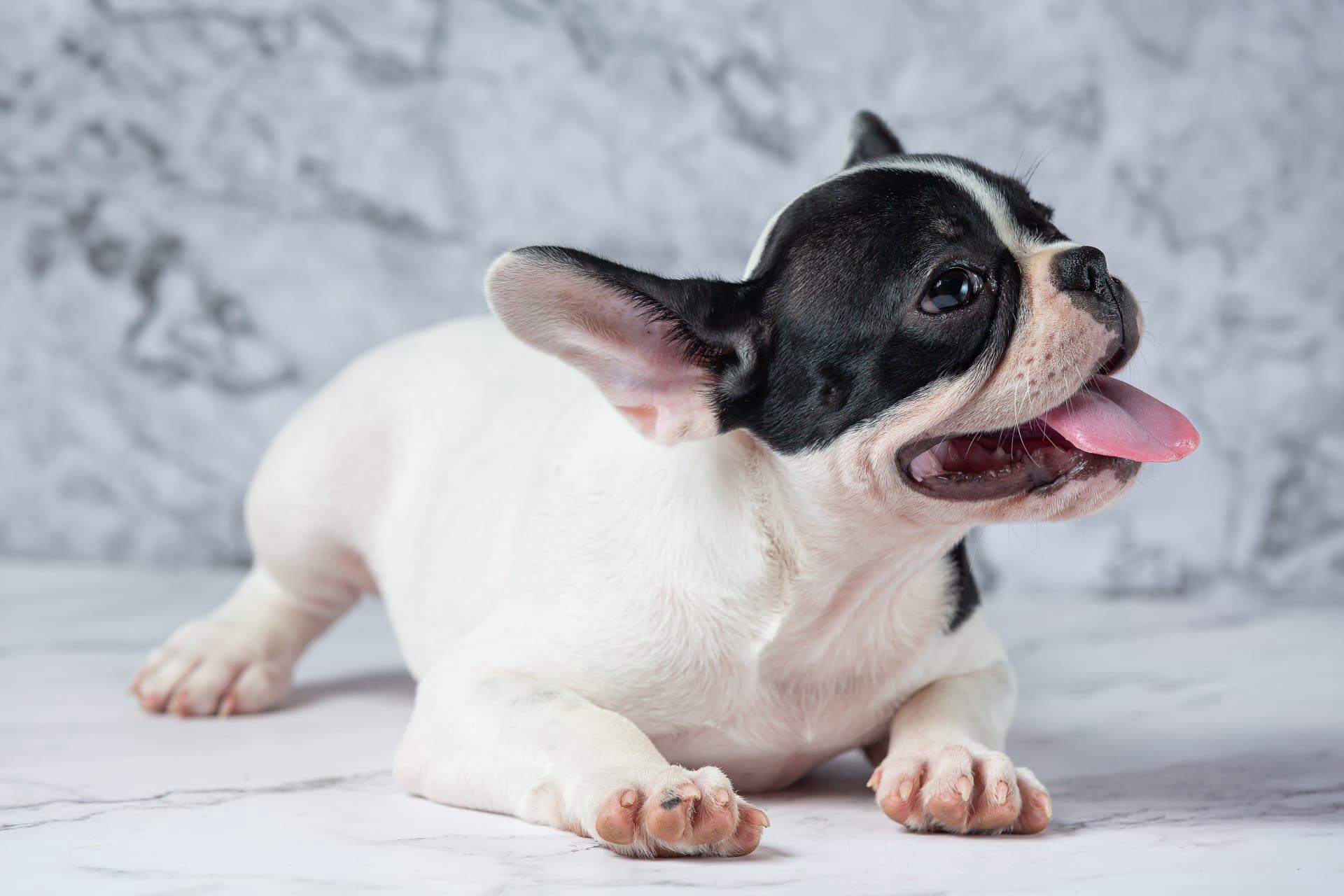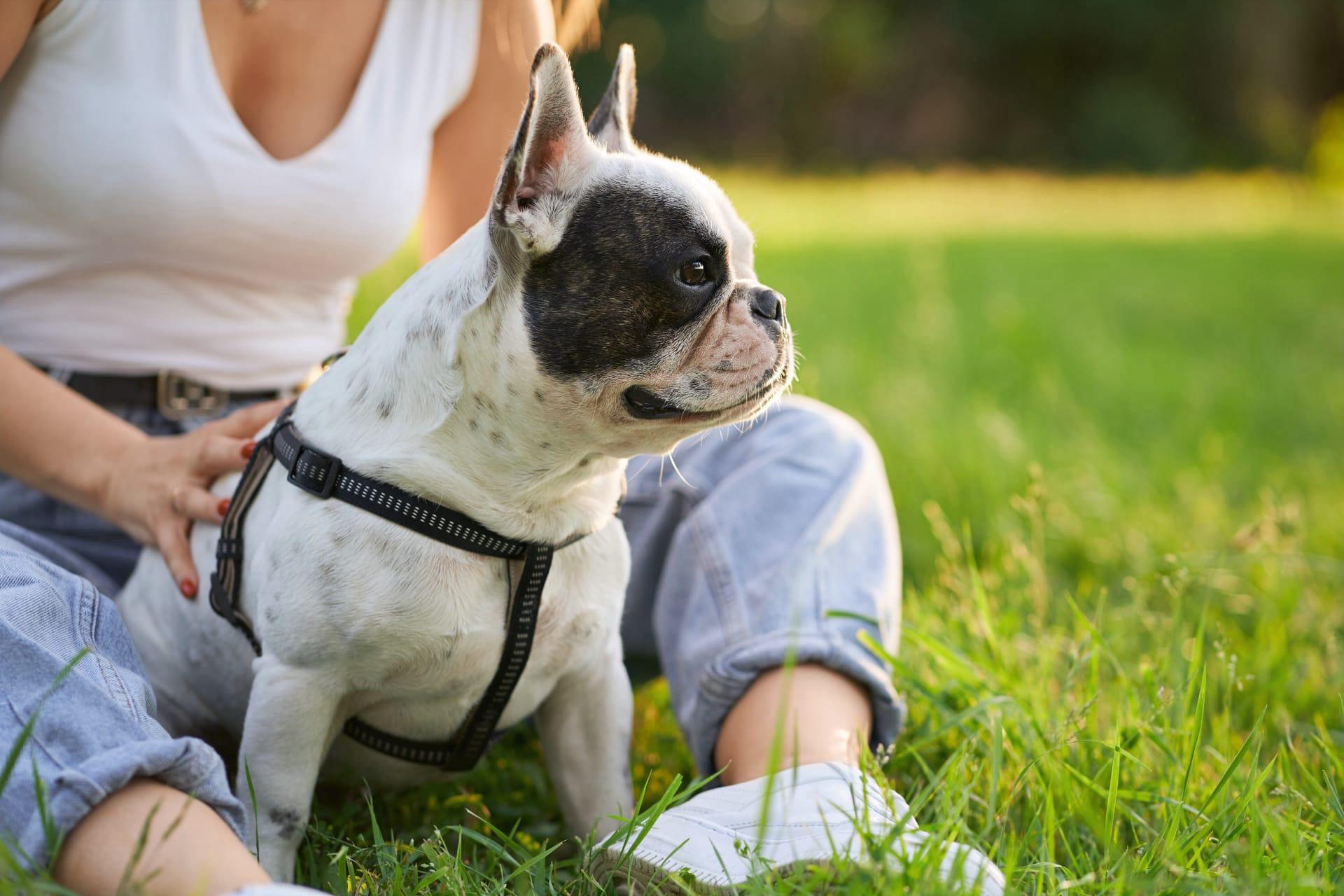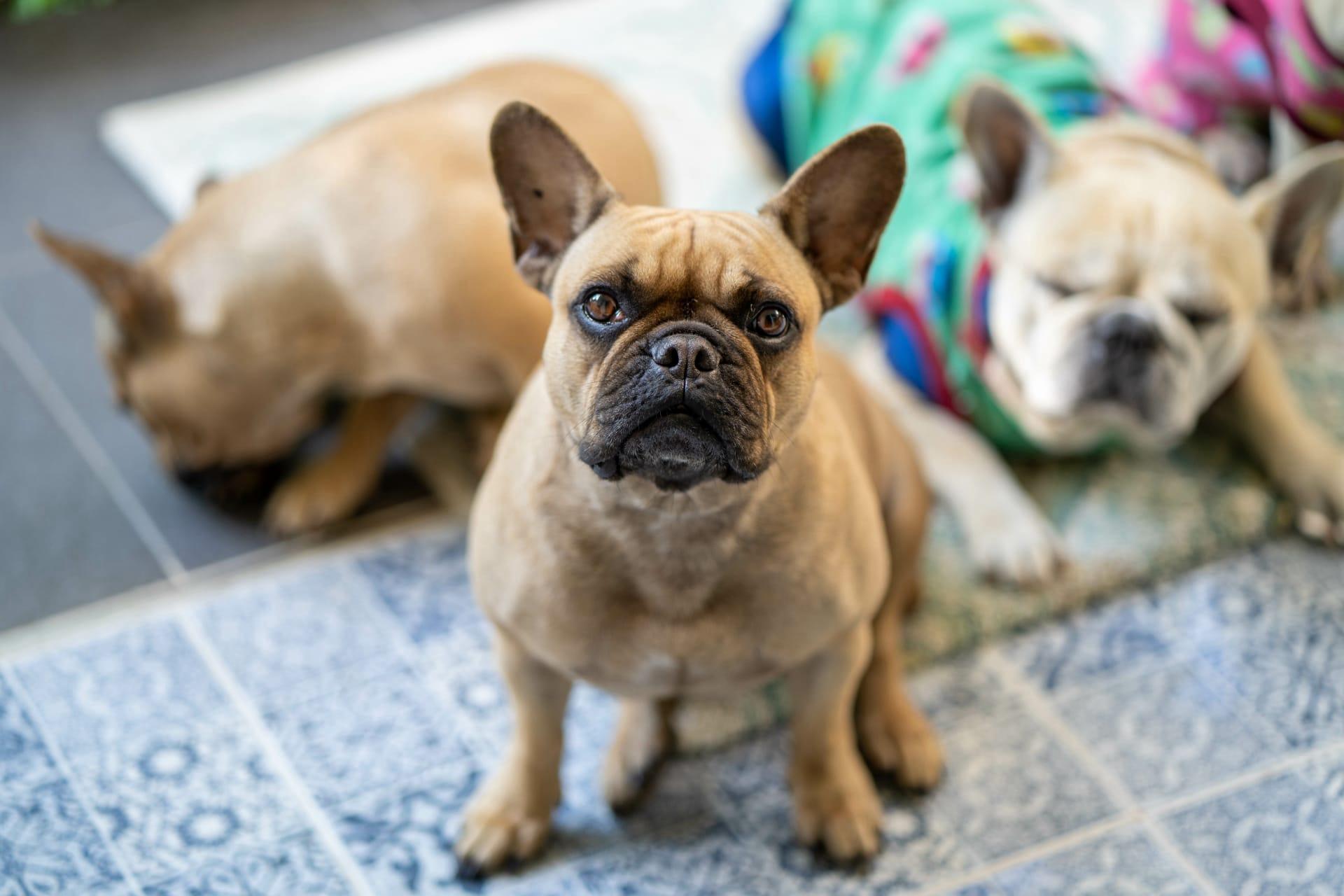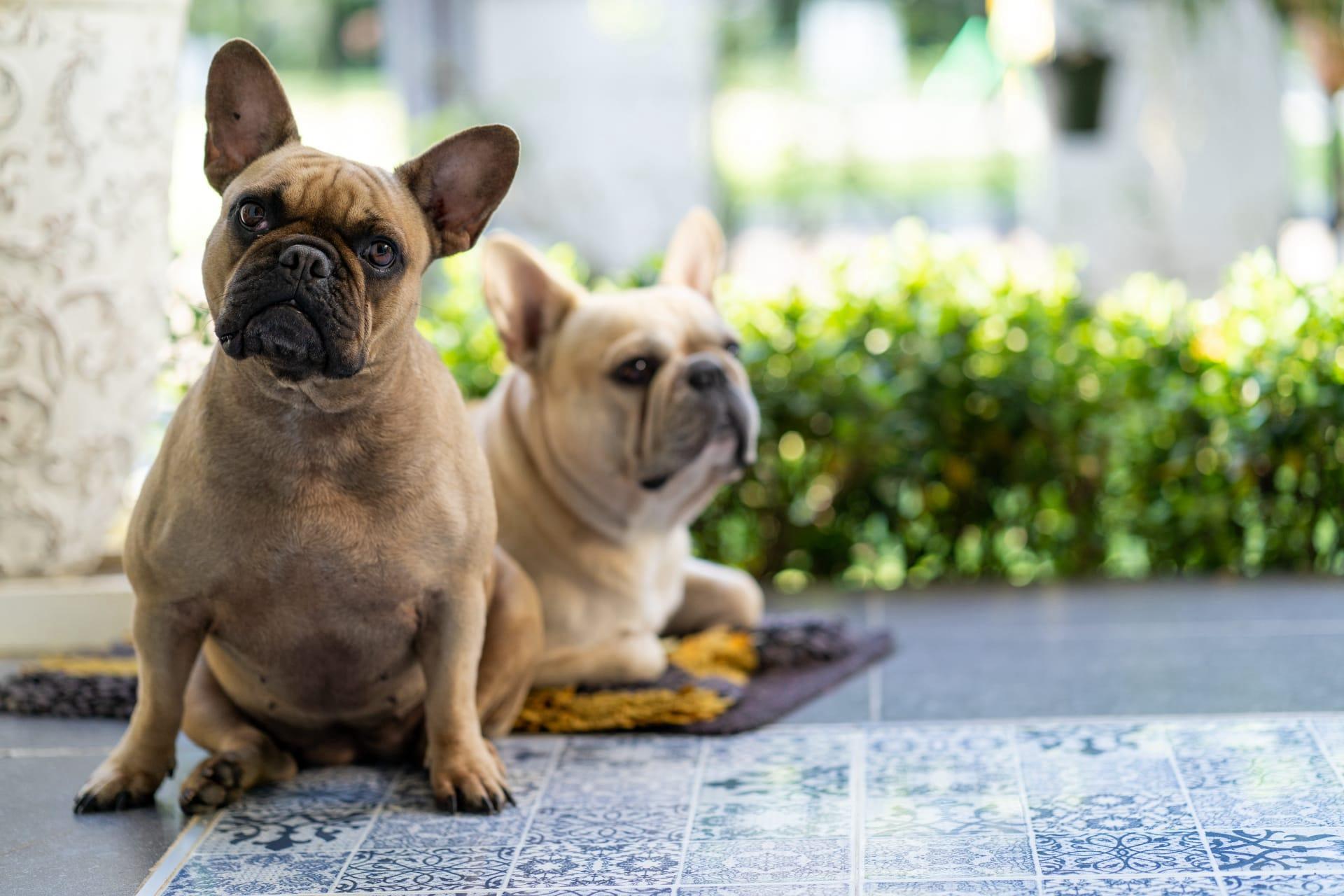1
French Bulldogs, with their distinctive bat-like ears and compact muscular bodies, are not just about looks; they have a rich history that intertwines with the lace-making industry. Initially bred as miniature bulldogs in England, these dogs became the companions of lace workers in the 1800s. When the lace industry moved to France, the workers took their beloved pets with them, leading to the breed's popularity and eventual naming as the "French" Bulldog. This migration not only changed the geographic location of the breed but also its cultural significance, transforming it from a working-class companion to a symbol of French society's leisure class.
One of the most charming yet challenging traits of French Bulldogs is their communication style. Known for their wide range of vocalizations, Frenchies don't just bark; they yelp, yawn, grunt, and produce a unique sound known as the "Frenchie talk." This array of sounds is more than just noise; it's a sophisticated means of expressing a wide range of emotions and desires, from excitement and happiness to anxiety and demand for attention. Their vocalizations combined with expressive eyes make them one of the most communicative and expressive breeds, allowing for a deep bond between pet and owner.

2
Despite their sturdy appearance, French Bulldogs have a peculiar relationship with water. Unlike many breeds that take to swimming naturally, Frenchies are not natural swimmers. Their heavy front body structure, short snouts, and compact muscle mass make it difficult for them to stay afloat. This physical trait requires owners to be particularly vigilant around pools, lakes, and other bodies of water to prevent accidents. Some French Bulldog enthusiasts even equip their pets with life vests to enjoy water safely, underlining the breed's unique needs and the care required to ensure their well-being.
The French Bulldog's diet is another area of specific interest. These dogs have a reputation for being prone to obesity due to their less active nature and efficient metabolism. A balanced diet, carefully measured and monitored, is crucial to avoid weight gain and associated health issues such as joint stress, breathing difficulties, and heart problems. Moreover, Frenchies can be sensitive to certain foods, showing a higher propensity for allergies and digestive issues. This necessitates a careful selection of ingredients and sometimes a tailor-made diet plan to suit individual health needs and avoid common allergens like grains and certain proteins.

3
French Bulldogs are known for their iconic bat ears, a feature that almost didn't make the breed standard. In the late 19th century, American breed enthusiasts insisted that the 'bat ear' was the correct standard, diverging from the European preference for the 'rose ear.' This American insistence not only prevailed but also became one of the breed's most beloved and distinguishing characteristics. The ears are not just for show; they enhance the breed's hearing and contribute to their alert and curious nature, allowing them to pick up sounds that other breeds might miss.
A lesser-known fact about French Bulldogs is their role in the early automotive industry as mascots. In the early 20th century, French Bulldogs were often seen riding in the open cars of wealthy Americans and Europeans, symbolizing status and the novelty of car ownership. This historical tidbit highlights the breed's long-standing association with luxury and leisure, a contrast to their humble beginnings. The presence of these dogs in vintage car advertisements and photographs underscores their role as symbols of economic prosperity and modernity during that era.

4
The French Bulldog's unique physical appearance, characterized by its short face and brachycephalic skull, requires specialized health care and attention. This anatomical structure leads to a condition known as Brachycephalic Obstructive Airway Syndrome (BOAS), which can cause breathing difficulties, especially in hot weather or during excessive exercise. Owners need to provide a cool, air-conditioned environment and avoid strenuous activities to prevent respiratory distress. Regular veterinary check-ups are essential to manage and mitigate potential health issues associated with their distinctive physiology.
Reproduction in French Bulldogs is notably challenging due to their physical structure. The breed's narrow hips and large heads often necessitate births through Cesarean section to ensure the safety of the mother and puppies. This reproductive trait has implications for breeders and potential owners, including higher veterinary costs and the need for careful breeding practices. It also highlights the importance of ethical breeding to prioritize the health and well-being of both the mothers and their offspring, ensuring they are not subjected to unnecessary risks.

5
French Bulldogs have a surprising genetic diversity when it comes to coat color. Beyond the classic brindle, fawn, and white, the breed boasts a wide array of colors including blue, chocolate, and even merle. Each color variation comes with its own set of genetics and, in some cases, specific health considerations. For example, the merle color pattern is associated with a higher risk of genetic disorders, including deafness and eye abnormalities. This diversity in coat color, while aesthetically pleasing, underscores the need for prospective owners to research and understand the potential health implications associated with certain color genes.
The social intelligence of French Bulldogs is another aspect that endears them to their owners. These dogs are particularly adept at reading human emotions and responding appropriately, making them excellent companions. Their ability to sense mood shifts and react with comforting gestures or playful antics contributes to their reputation as sensitive and empathetic pets. This emotional intelligence, combined with their communicative vocalizations, makes French Bulldogs not just pets, but integral members of many families, providing emotional support and companionship.